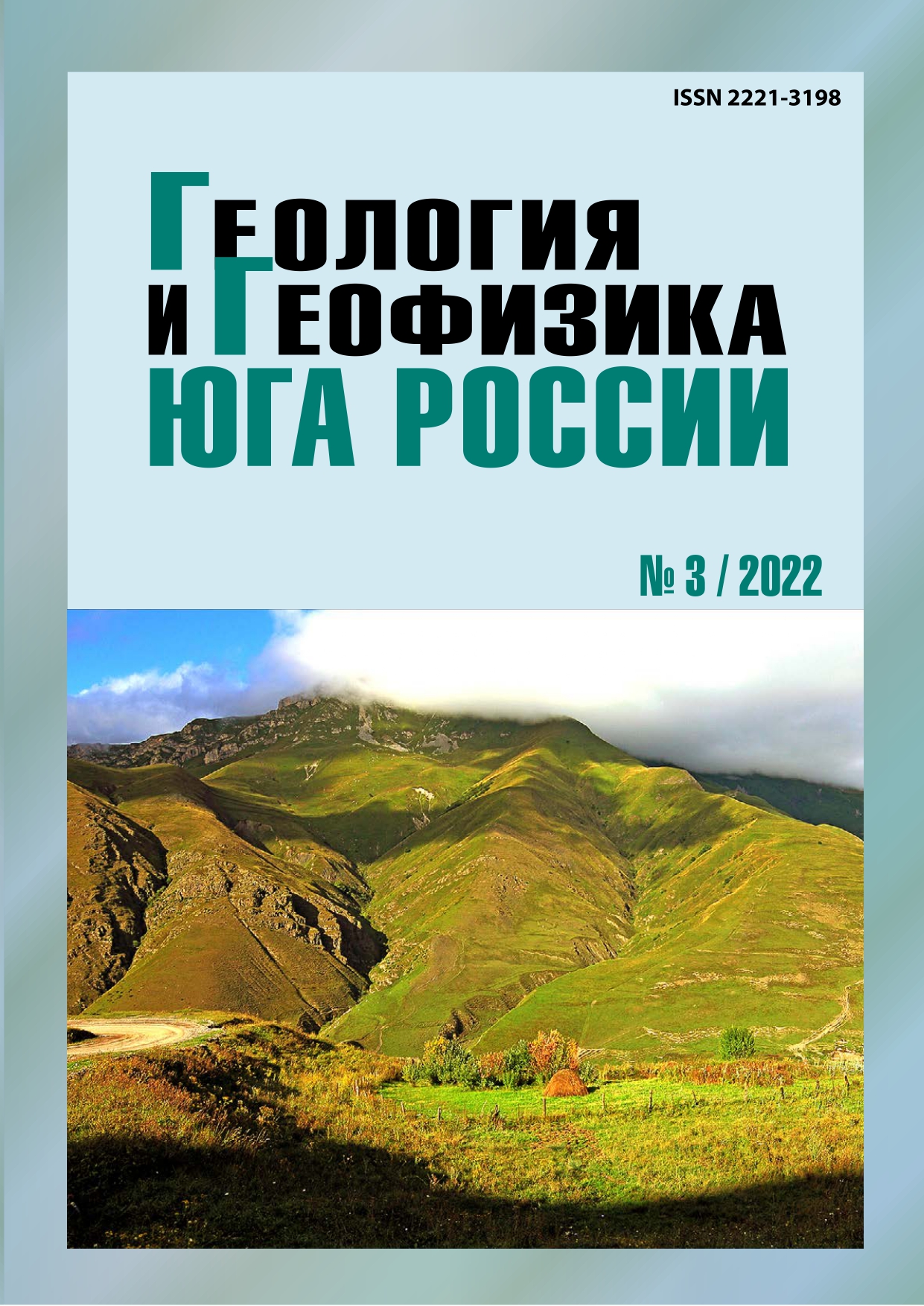Reconstruction of land relief and sedimentation conditions in the coal accumulation basin (at the example of Eastern Donbas)
Abstract
The article is devoted to revealing the morphology, origin, transformation of the paleorelief of the territory of the Middle Carboniferous coal accumulation in the western part of the Eastern Donbass. The relevance of the work is determined by the need to develop the scientific foundations of coal accumulation to determine the industrial value and mineragenic prospects of the territories. Aim. Improvement of the theory of coal accumulation and primary structure formation in sedimentary formations in general. Methods. Material-structural analysis and comparison of intersecting geological sections of the coal-bearing territory of the western part of the Eastern Donbass using known lithological-structural methods, comparison of geological sections. Results. The relief reconstruction was based on the analysis and comparison of intersecting palinspastic geological sections of the coal-bearing suite С2 5 of the Bashkirian stage of the middle section of the Carboniferous system in the western part of the Eastern Donbas. The rock massif was investigated in the interval of the section between the layers of limestones К3 and К6 3 with a thickness of about 450-500 m. The suite is composed mainly of clastic and clayey deposits of the paleo-river delta interbedded with bodies of marine limestones of biogenic-chemogenic origin. Paleosoil horizons are common at the base of coal bodies. Gentle convex and concave cup-shaped bends of the layers are developed, elongated in the submeridional direction. In the cores of concave folds, lenses of sandstones and limestones are common. The cores of convex bends are composed of contractive channel alluvium. Bends are non-tectonic folds of cladding and replicate the terrain. Their existence is a sign of the formation of a direct paleorelief of the coal accumulation basin. The morphology and dimensions of the bends of the layers have the same characteristics as the copied terrain elements. The uplands and hollows of the paleorelief have a submeridional strike. The largest paleomounts along the route of the sublatitudinal section had a width of up to 15 km and a relative height of about 50 m. The width of the hollows is comparable, their depth is usually up to 25m. The slope of the surface is usually up to 0.45o. The repetition of the bends of the paleosurface at several stratigraphic levels indicates the translation of the outlines of the largest elements of the relief and the hydro-network in time. Limestones accumulated in hollows during ingressions, and during large transgressions of the sea – in the form of areal covers on abrasion surfaces. The accumulation of coal source masses gravitated towards the watershed spaces. Alluvial sedimentation as a whole created a general relief plan, which determined the features of sedimentation. Most of the time, the sedimentation basin was a gently undulating alluvial plain. From time to time, a bay-lagoon sea coast appeared here, usually replaced by a sea reservoir with islands and the open sea. The main factors of relief transformation were alluvial sedimentation, marine abrasion, tectonic movements of the bottom of the coal accumulation basin and surrounding areas.


